How Ancient Cultures Preserved Food: Time-Tested Methods That Still Work Today
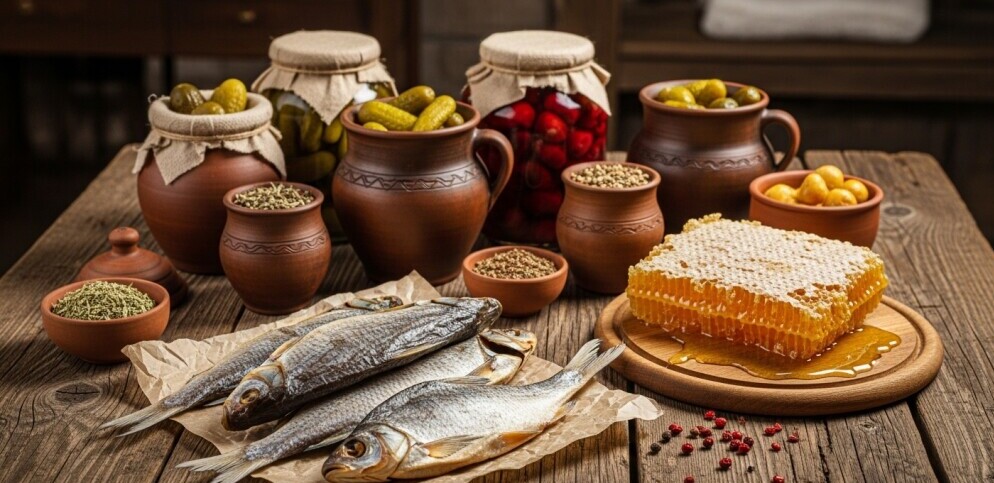
Long before refrigeration or modern packaging, our ancestors mastered ingenious ways to store food for months—or even years—without spoilage.
Across deserts, mountains, and oceans, ancient cultures developed preservation methods that ensured survival and flavor through the harshest seasons.
These time-tested traditions weren’t just about practicality; they reflected a deep respect for the natural world.
Today, as more people return to traditional skills and off-grid living, ancient food preservation offers both inspiration and guidance for sustainable living.
1. Harnessing the Sun: Drying and Dehydrating
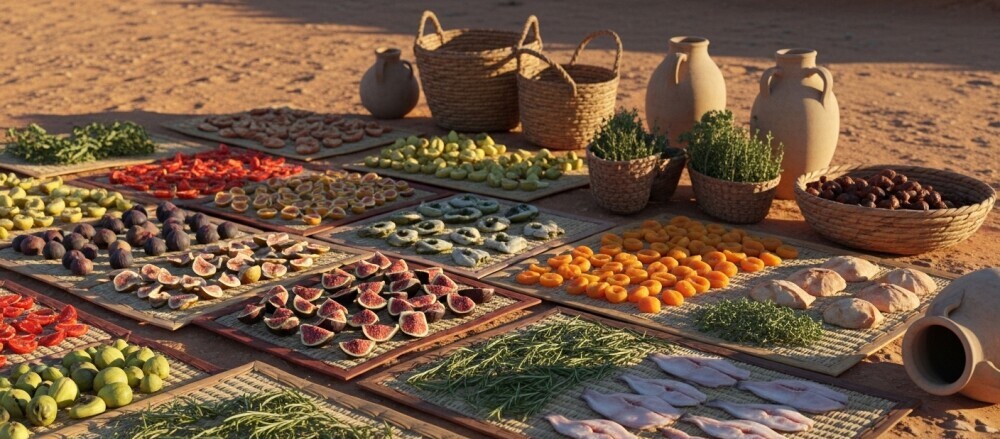
Sun drying is one of the oldest and simplest preservation methods known to humankind. Ancient Egyptians laid out fish, grains, and fruits on woven mats to dry under the intense desert heat. In South America, the Incas produced chuño—freeze-dried potatoes made by alternating exposure to cold nights and warm days high in the Andes.
Native Americans dried bison meat and berries to create nutrient-rich pemmican that sustained tribes during migration and winter months.
By removing moisture, these methods stopped bacterial growth and prevented spoilage. Modern dehydrators and even freeze dryers carry on the same principles, offering a cleaner, faster, and more controlled version of what ancient peoples perfected under the sun.
5 Simply Recipes for Drying and Dehydrating
2. Preserving with Salt and Brine
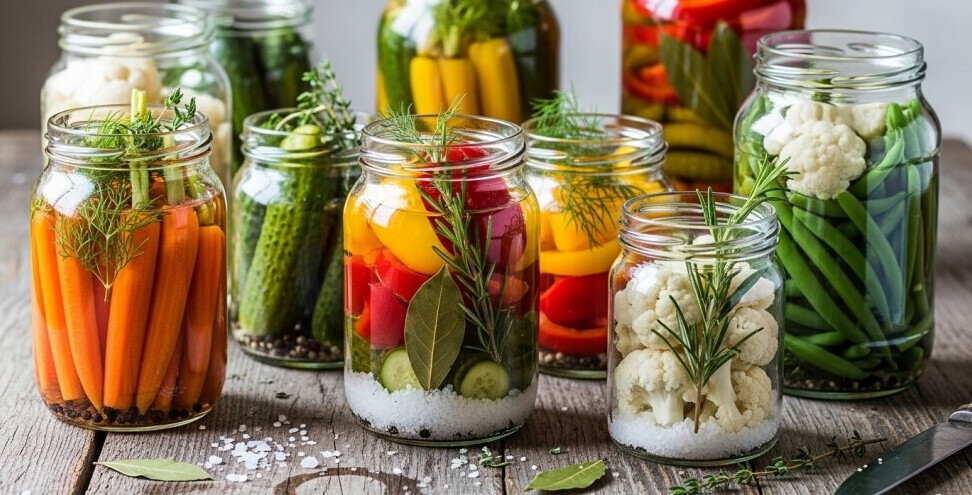
Salt has been called “white gold” for centuries because of its incredible ability to preserve. Ancient Chinese and Roman civilizations used it to cure meats and fish, extending shelf life for months. In Nordic regions, salt and air-drying were combined to produce fish like lutefisk, while Egyptians preserved mummies and food alike with mixtures of salt and natron.
Salting and brining draw out water through osmosis, creating an environment where bacteria can’t thrive. These same techniques are still used for olives, sauerkraut, and pickles—foods beloved across the world.
Even today, homesteaders and preppers rely on salt brining to preserve garden vegetables naturally without refrigeration.
5 Simple Recipes using Salt and Brine
3. Smoking: Preserving with Fire and Flavor
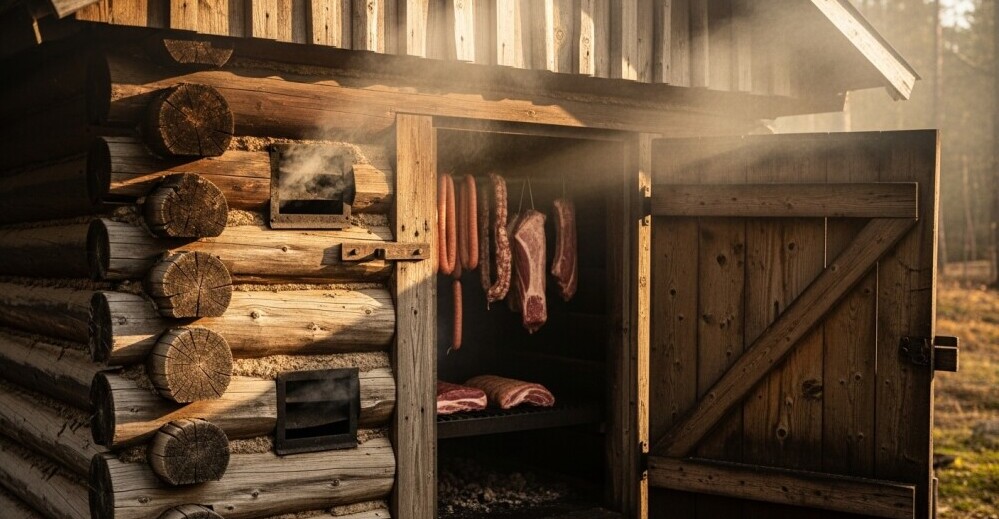
Smoking food was not only about preservation—it was also about creating unique flavor. Ancient tribes across North America, Europe, and Asia used smokehouses to slowly cure meat and fish over smoldering fires. The smoke added antimicrobial compounds and antioxidants that prevented spoilage while imparting a deep, rich aroma.
In Nordic countries, smoked salmon became a prized delicacy. Indigenous peoples smoked deer, elk, and fish to feed families through long winters.
Modern smokers still use the same slow process—now enhanced by temperature control and wood choice—to produce food that’s both preserved and gourmet.
5 Simple Recipes Preserving with Fire and flavor
4. Fermentation: Nature’s Living Preservation
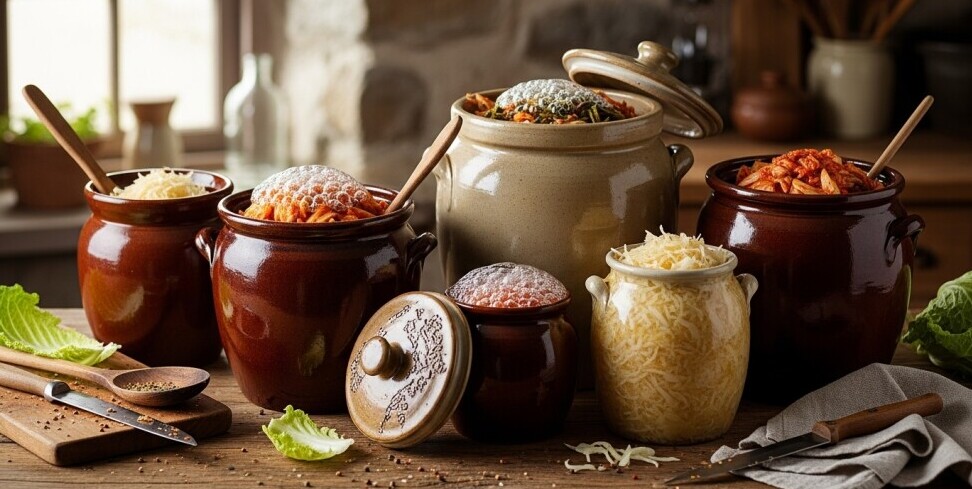
Fermentation may be the most fascinating of all ancient preservation methods. Without even understanding the role of microbes, ancient cultures used wild yeasts and bacteria to transform foods in ways that extended shelf life and improved health.
In ancient Mesopotamia and Egypt, fermentation gave rise to beer and bread—both staples of daily life. Across Asia, fermentation created soy sauce, miso, tempeh, and kimchi. In Europe, cabbage turned into sauerkraut and milk into yogurt and kefir.
Fermented foods not only lasted longer but became safer and more nutritious. The process increased vitamins, preserved enzymes, and added probiotics long before refrigeration or supplements existed.
Today, fermentation continues to thrive in kitchens around the world—linking modern homesteaders with thousands of years of culinary history.
5 Simple Recipes for Preserving by Fermentation
5. Cool Storage: Using Earth’s Natural Temperature
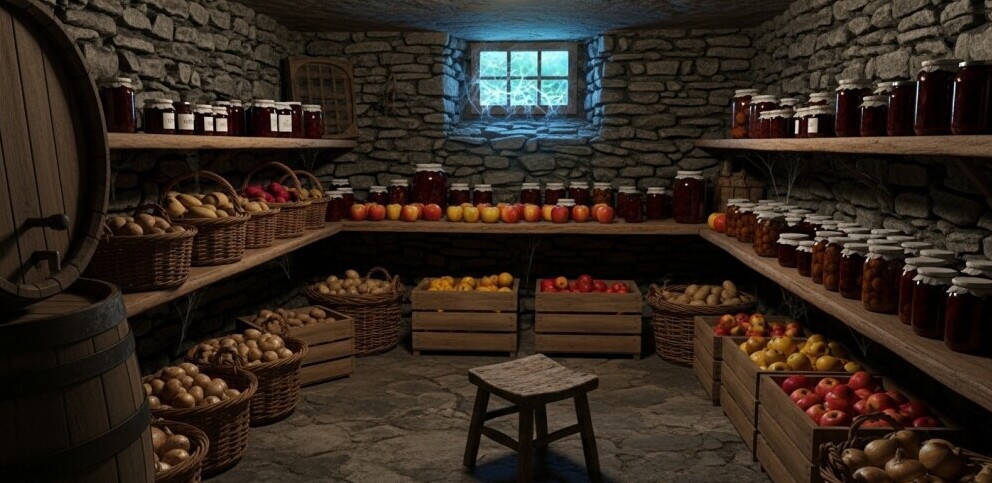
Before electric refrigeration, people turned to the natural cooling power of the earth. Underground storage methods—like caves, ice pits, and root cellars—kept food cool and stable year-round.
The ancient Chinese harvested ice from winter lakes and stored it in insulated pits packed with straw. Medieval Europeans built root cellars beneath stone homes to protect root vegetables, apples, and preserves from temperature swings.
Even in desert regions, clay jars known as zeer pots used evaporative cooling to keep food fresh. Two nested pots with wet sand between them could lower the temperature inside dramatically.
Modern off-grid homes still use similar ideas—insulated cellars, earth-sheltered pantries, and even modernized zeer pots—to keep food naturally cool without electricity.
5 Ways to Store Food in a Root cellar
6. Sealing in Fat: Confit, Pemmican, and Tallow Preservation
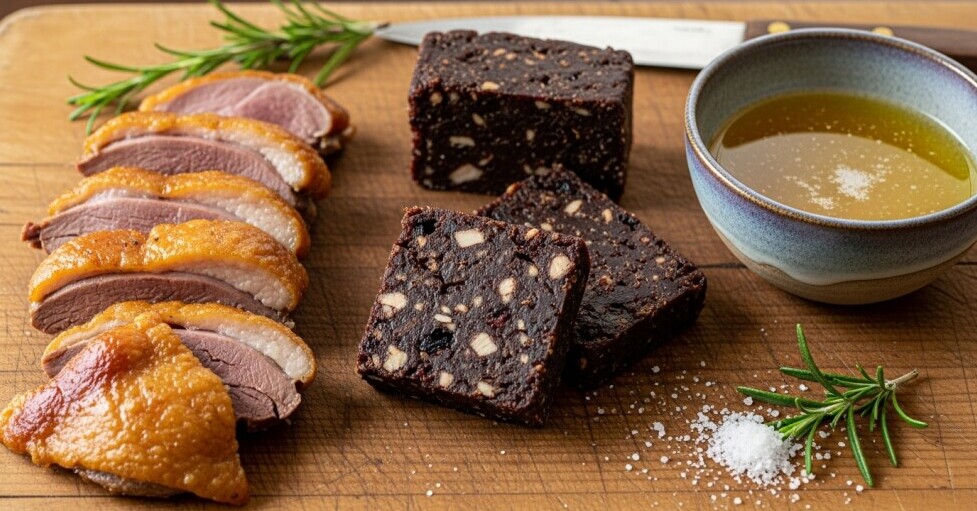
Fat was another powerful preservative in ancient times. By cooking meat in its own fat and sealing it beneath the surface, air was excluded and spoilage delayed. The French perfected this art in duck confit, storing it for months in cool cellars.
In North America, Indigenous peoples made pemmican—a blend of dried meat, berries, and melted tallow that could last for years without spoiling. This high-energy food was a vital resource during long winters and hunting expeditions.
Other cultures used similar methods: in the Middle East, clarified butter (ghee) kept for months without refrigeration; in Europe, lard sealed cooked meats or potted fish.
These techniques highlight a universal truth: removing air and sealing food in fat can dramatically extend shelf life—a principle that modern canning later refined.
5 Recipes Sealing in Fat
7. Vinegar, Honey, and Herbal Preservation
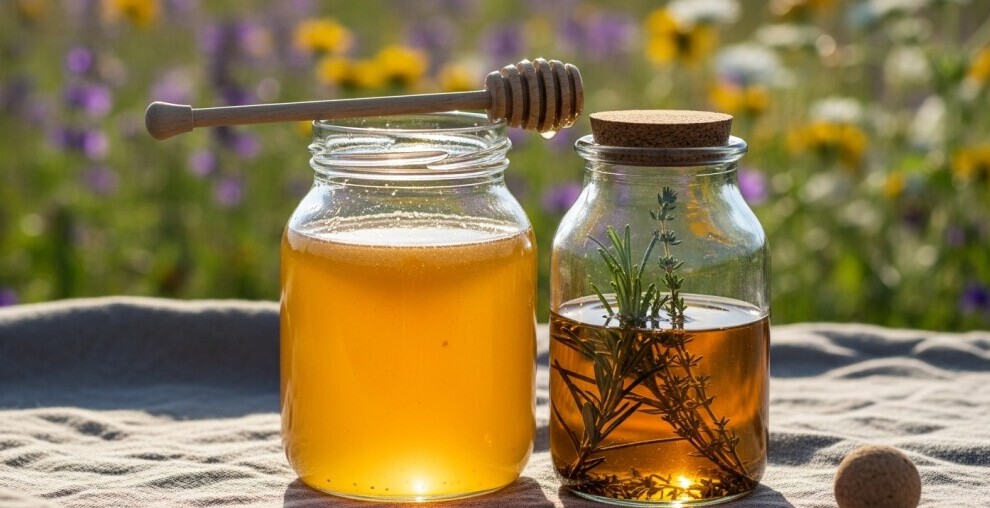
Ancient people discovered that nature provided its own preservatives. Honey, known for its antimicrobial properties, was used in Egypt to coat fruit and even to embalm bodies. Archaeologists have found honey jars thousands of years old that were still edible!
Vinegar, with its acidic environment, was another powerful ally. The Babylonians and Greeks used vinegar to pickle vegetables, fruits, and fish, giving us the first versions of chutneys and relishes.
In the Mediterranean, oil and herbs played a dual role—flavoring food while preventing mold growth. Olive oil sealed vegetables, cheeses, and meats from air, extending their shelf life and enriching their taste.
These natural preservatives continue to appear in home kitchens, from infused honey and herbal vinegars to marinated cheeses and pickled vegetables.
5 Recipes for preserving with Vinegar and Honey
8. Clay, Ceramic, and Wooden Vessels: Early Storage Technology
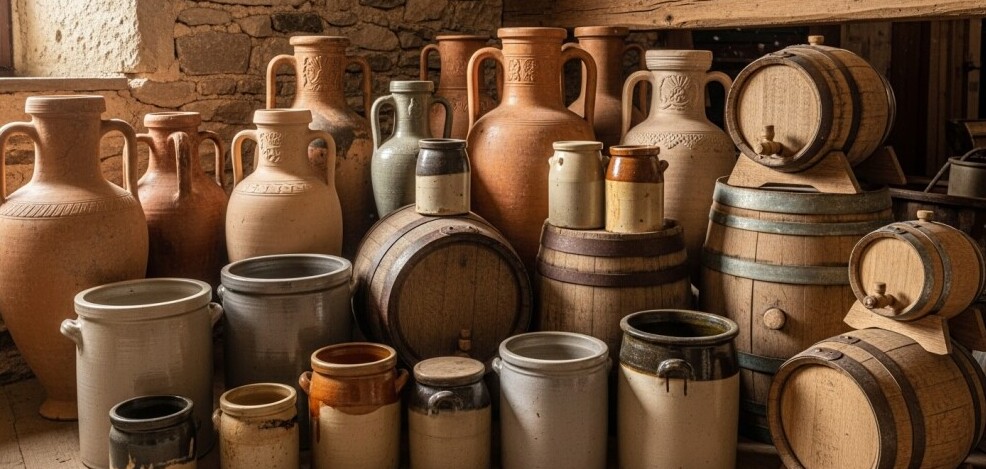
Beyond ingredients and methods, storage played a major role in preservation. Clay jars, amphorae, and wooden barrels were the ancient world’s equivalent of mason jars and vacuum sealers.
The Greeks and Romans used sealed amphorae for storing wine, oil, and grain, often submerged in cool cellars or ships’ holds. Asian cultures used glazed ceramic crocks for fermenting miso and kimchi, while wooden barrels became essential for aging pickles, sauerkraut, and even early beers.
The materials themselves—porous clay, breathable wood—helped maintain the right humidity and temperature for long-term storage. Many traditional food artisans still prefer these natural vessels for their unmatched flavor and fermentation quality.
5 Traditional Recipes to Try
Bringing Ancient Wisdom Into Modern Kitchens
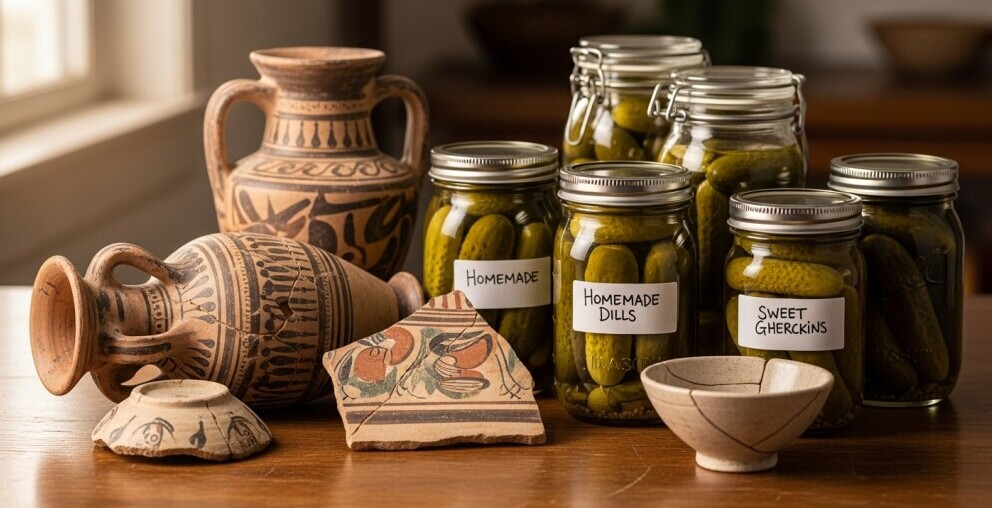
What’s remarkable about these ancient methods is that they still work. Sun drying, fermenting, smoking, and brining continue to preserve food naturally, without chemicals or constant power use. For homesteaders, preppers, or anyone living off-grid, these skills bridge the past and future.
By combining ancient practices with modern tools like solar dehydrators or vacuum-sealed jars, we can preserve food safely, reduce waste, and connect to the rhythms of the earth—just as our ancestors did.
Preserving food isn’t just a task; it’s a celebration of heritage, ingenuity, and sustainability. Every jar of pickles or batch of homemade sauerkraut carries a story thousands of years old.
Each of these recipes tells a story—of ancient ingenuity, connection to the earth, and sustainable living. By blending these traditions with modern food safety, we keep timeless wisdom alive in every jar, cellar, and pantry shelf.
© 2025, Teresa. All rights reserved.

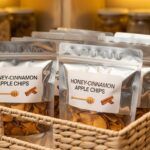
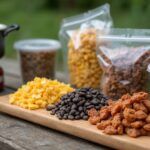






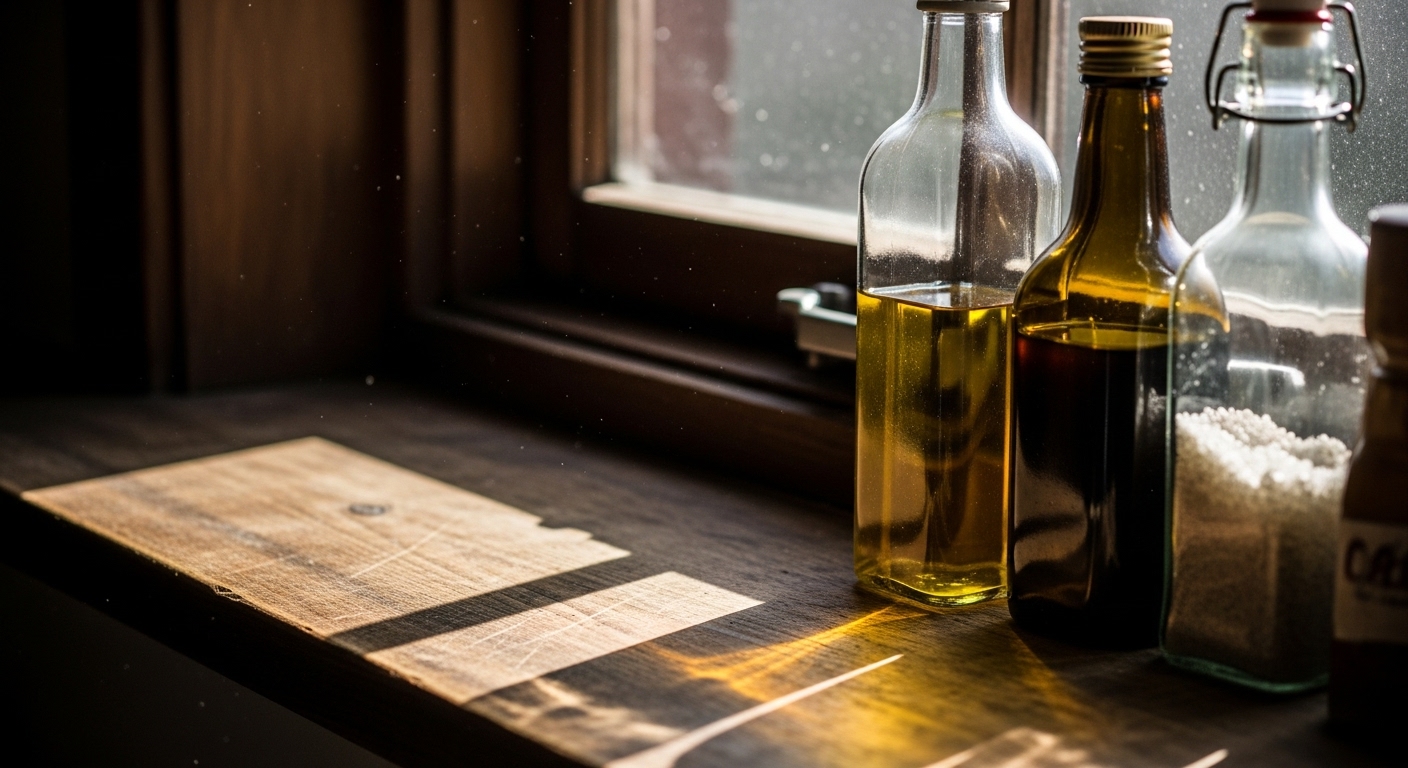
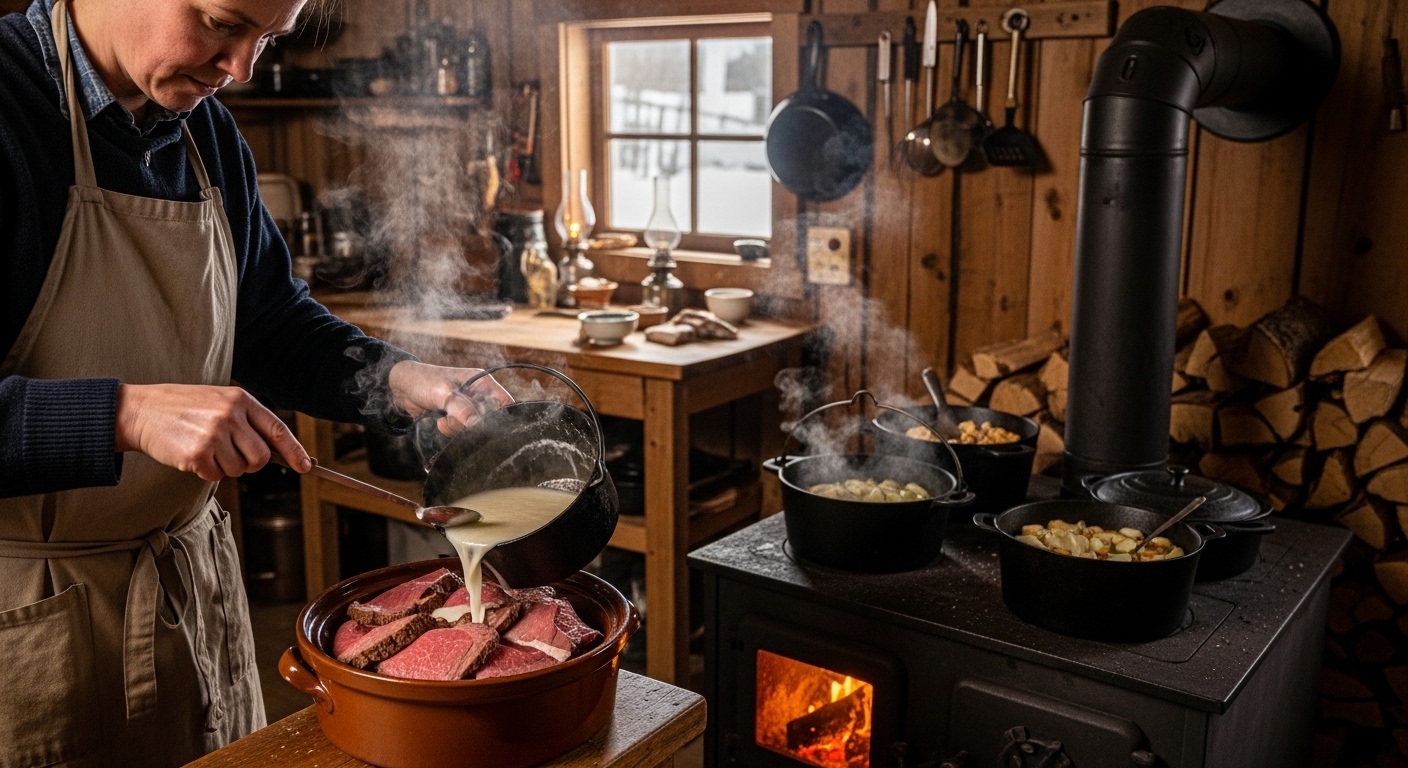
Really enjoyed reading this — it’s fascinating how methods like sun-drying, salt brining, smoking, and fermentation have stood the test of time and still make sense in a modern kitchen. The way you explain each technique — from ancient root cellars and clay vessels, to sealing foods in fat or preserving with honey and vinegar — gives a real sense of how our ancestors combined practicality with deep knowledge of nature.
One question I had: when you talk about the fermentation method (“nature’s living preservation”), do you have a recommendation for a good starter project for someone interested in trying fermentation at home (but isn’t quite ready for something super advanced)? And how do you best balance safety + flavour when using these traditional methods today?
Thanks for sharing such a comprehensive overview — it’s inspired me to think more broadly about preservation (and not just in the usual canning sense).
Kerry
Thank you, Kerry! I’m so glad you enjoyed it. Fermentation really is one of those timeless methods that connects us to our roots. A great starter project is sauerkraut or fermented carrots—they’re simple, forgiving, and let you see the process unfold without special equipment. For balancing safety and flavor, the key is clean tools, fresh ingredients, and the right salt ratio (about 2% by weight). Once you get comfortable, you can branch into kimchi, kefir, or sourdough. It’s amazing how much depth and nutrition these traditional methods still offer today!